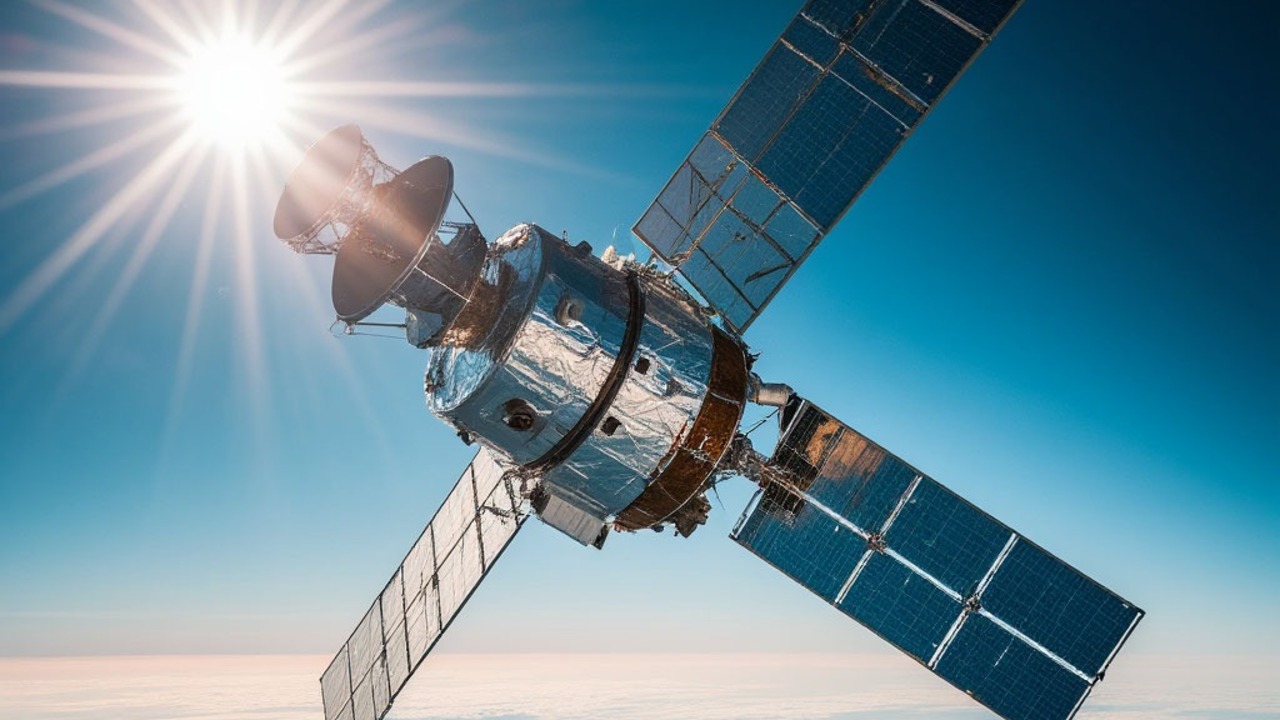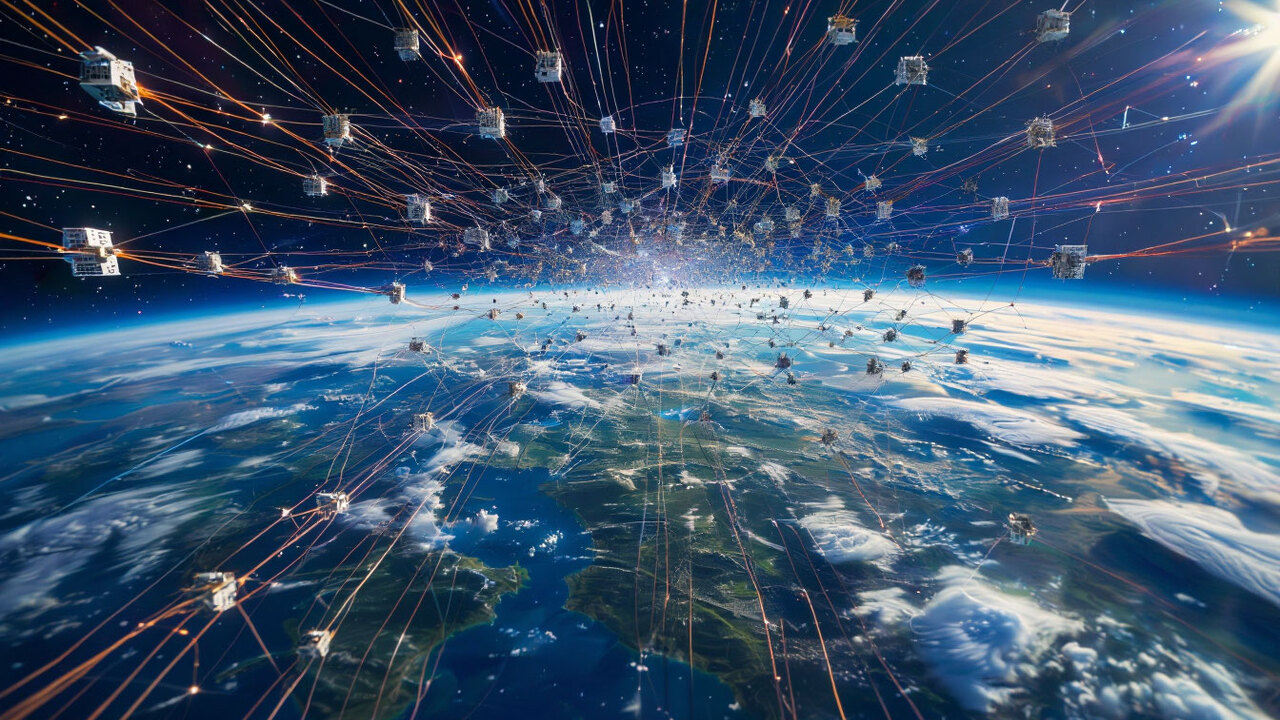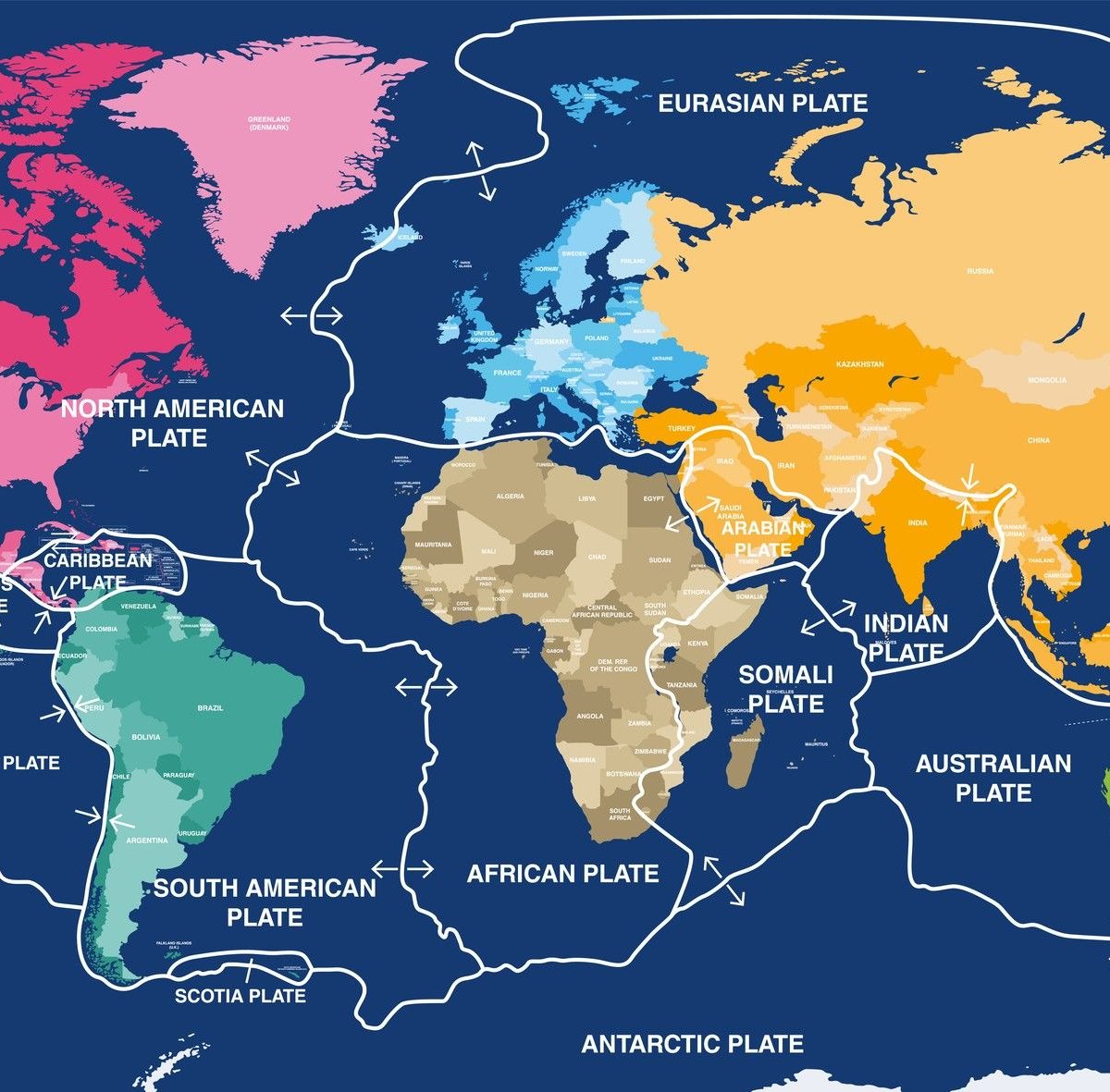A team from the California Institute of Technology (Caltech), A new method to better understand the processes involved in the movement of Earth’s tectonic plates. The innovation is relatively simple but can help answer more complex questions. The group used distributed acoustic sensing (DAS) technology.
In the study published in the journal Science Advances in November, researchers describe how the DAS (Distributed Acoustic Sensing) method uses seismic data to measure earthquakes and analyze their relationship with the Mohorovicic Discontinuity.
This ‘discontinuity’, also known as the Moho boundary, marks the division between the Earth’s crust and mantle; It is a very important region for understanding the internal structure of the Earth.
Essentially, researchers are using DAS to turn fiber optic cables into improvised seismometers. For this purpose, laser beams are sent through cables; like this, When an earthquake or other event occurs that causes vibrations in the ground, the laser light is reflected from the cable.
So how does this method developed by scientists work? By measuring changes in this light along the entire cable, they make it possible to collect detailed data on tremors.
“The Moho is a really interesting boundary for seismologists because it tells us what’s happening in and between deep tectonic plates. It can tell us whether major faults penetrated the mantle, how ancient and contemporary processes left their mark on continents, and how strong they were.” it’s the deep crust in certain places,” said study leader and United States Geological Survey researcher James Atterholt.
Fiber optics and plate tectonics
The lead author of the article suggests: The method can be used in all types of seismic zones, from those most studied by science to those that have not yet been fully explored.
For example, researchers applied the new model to get a more detailed look at the structure of the Moho, which reveals information about what’s happening between the planet’s tectonic plates.
The study suggests that after reaching the Mohorovicic discontinuity, seismic waves in the subsurface propagate outward from their point of origin, and some of the reflected energy returns and propagates to the surface. To interpret this information, The team analyzed data collected over two years via a fiber optic cable
“All kinds of things are happening deep in the lithosphere (the outermost hard part of the Earth, including the crust and upper mantle), and what you can do with DAS is limited only by your creativity,” Atterholt adds in an official statement from Caltech.
Stay up to date with other content about geology and Earth sciences at TecMundo. Take the opportunity to understand how a major earthquake could have changed the course of the Ganges River 2500 years ago. Until next time!
Source: Tec Mundo
I’m Blaine Morgan, an experienced journalist and writer with over 8 years of experience in the tech industry. My expertise lies in writing about technology news and trends, covering everything from cutting-edge gadgets to emerging software developments. I’ve written for several leading publications including Gadget Onus where I am an author.













